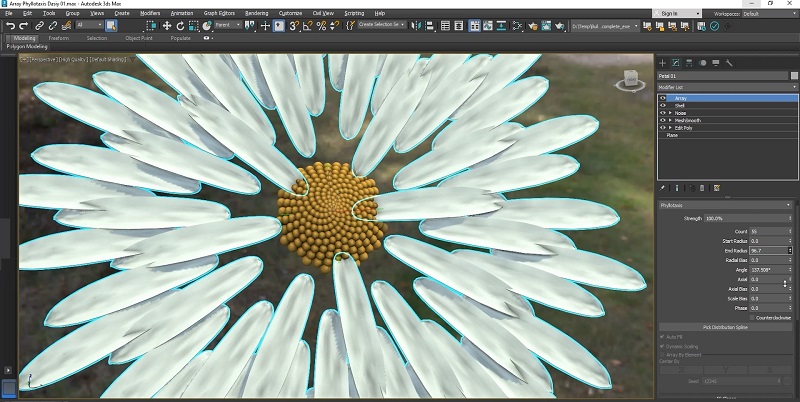Global audiences expect amazing visual effects every time they watch TV, play a game, or explore the metaverse. As the need for truly immersive content grows, Autodesk is committed to unlocking new levels of collaboration, creativity, and efficiency for artists and studios.
They have their eyes on streamlining post-production and games pipelines. Updates to their media and entertainment portfolio, including Autodesk Maya, 3ds Max, Bifrost, and Arnold, further open standards and bolster artist-driven animation, modelling, and simulation workflows.
They also boost performance with support for Apple Silicon. They are collaborating with Adobe to build a material standard, and with Microsoft to unveil a beta version of AI-powered Maya Assist.
“Whether they are working on the next big blockbuster, streaming content, or games, our customers use a lot of different tools to get productions out the door,” said Autodesk media & entertainment senior vice president Diana Colella. “It’s a top priority for us at Autodesk to help connect their workflows, so they can work nimbly and efficiently across teams and projects. That’s why we’ve focused our development efforts on integrating open standards like USD, LookDevX, and OCIO across our tools. We’re excited to continue on this path, building deeper connections between our solutions and third party tools, so that our customers have truly connected workflows for collaboration.”
Growing the open standards ecosystem: Across tools, they continue to integrate open standards that accelerate and streamline the flow of data between people, teams and software at studios.
- LookDevX, a new agnostic material editor in Maya, standardises material workflows, allowing artists to create complex shading networks that can be shared freely and accurately throughout studio pipelines. With a modern, node-based environment, this enables artists to author a variety of materials like USDShade, Material X, and Arnold that can then be used by other artists across multiple projects.
- They continue to integrate powerful USD workflows across the portfolio, making it easier to move data through the post-production pipeline.
Powerful modelling and colour management capabilities come to 3ds Max: They are expanding the robust modelling toolset in 3ds Max with fast, fluid, and fun workflows for artists.
- A new Boolean modifier offers a modern and intuitive way to produce clean geometry, and updates to the Array modifier help create beautiful, nature-like scenes, procedurally.
- With effective colour management tools built around the Academy Color Encoding System (ACES) and OpenColorIO (OCIO), a must for most modern post-production pipelines, this update gives artists complete control over colours with Color Management. From Viewport to final render, colours are predictable and consistent, so artists know that colours match and align at every phase of production.
Elevated animation, modelling, and simulation workflows now in Maya: On top of LookDevX and Hydra for Maya, Maya gains new tools and workflows across its animation, modelling, and simulation tool sets.
- Updates to Retopologize and the Boolean toolset give artists more creative control while modelling.
- Streamlined animation tools, including a redesigned Time Slider, make navigating and editing animations more fluid and intuitive.
- Bifrost, Maya’s visual programming environment, offers visual effects artists a complete overhaul of viewport volume rendering, using new, state-of-the-art NanoVTT technology, as well as MPM Gel, a cool new capability that simulates substances such as soft-serve ice cream.
- Maya, including Bifrost and Arnold for Maya, now runs natively on Apple Silicon, enabling artists to achieve new levels of performance while rendering.
AI-assisted workflows come to Maya: They unveil the AI-powered private beta of Maya Assist, which provides a new way of interacting with Maya scene data using Microsoft’s Azure OpenAI Service. This allows artists to automatically manipulate scenes using natural language text prompts directly in Maya. For example, you can ask to copy an object, increase its size by 25 per cent, or add a camera and aim it anywhere. The private beta launches on 5 April.
Joining forces with Adobe on an open source material model: With the goal of standardising material workflows and enabling smoother interoperability across the tools artists use, they are also working to bring Autodesk Standard Surface and Adobe Standard Material into one new material model that can be used across product portfolios and adopted by the wider industry.
Having a common material model will help artists and studios work more efficiently by facilitating the seamless exchange of 3D assets. Autodesk is actively engaging with the MaterialX governance group to ensure that the new model can be integrated and fully encoded within a MaterialX node graph.



